Fishing For Protein - An End of Research Blog
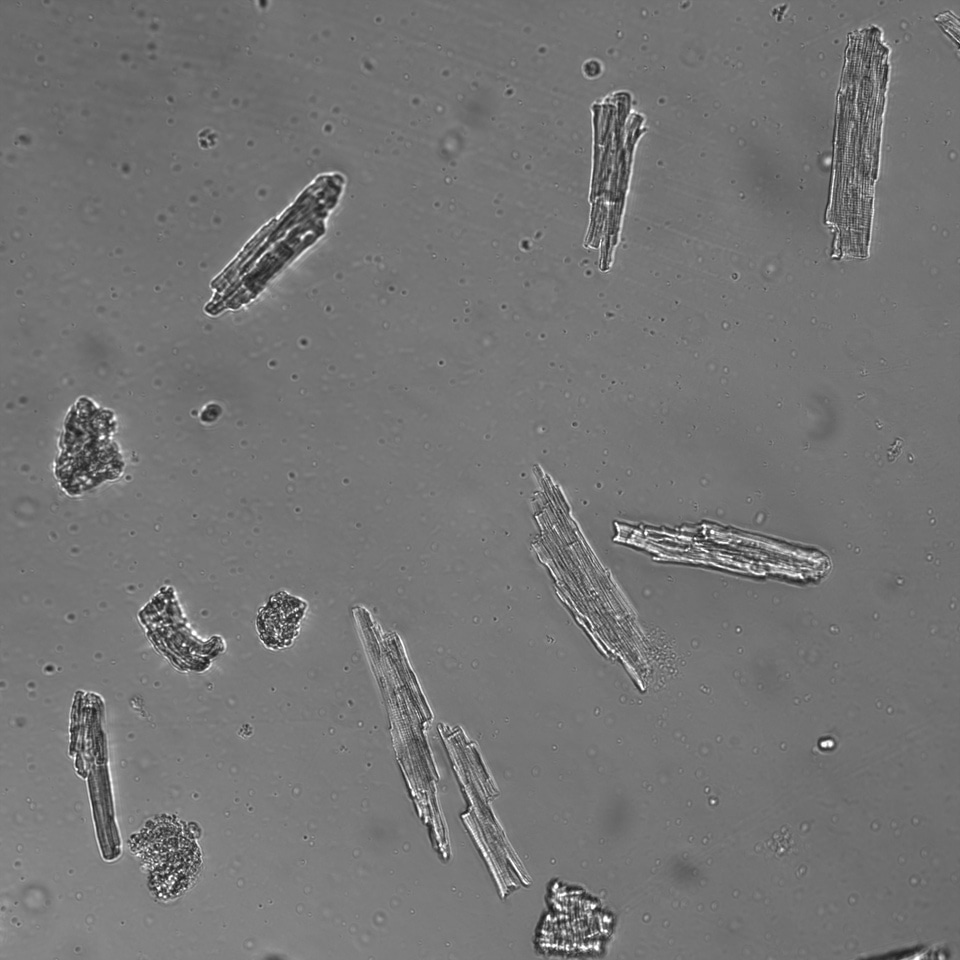
“Many men go fishing all of their lives without knowing that it is not fish they are after”. This quote from the American naturalist, Henry David Thoreau, has resonated with me throughout my 6 weeks of research this summer. Whilst Thoreau alludes to the beauty and comfort of solitude, I have interpreted it in a different sense.
I should begin with a simple introduction of what my research project is. There is a phenomenon currently occurring in the world of oncology: as the cancer population ages as a result of extended cancer-free survival and better chemotherapy treatments, the side-effects of long-term cancer treatment are emerging. One of these has been well known for a while now, and goes by the umbrella term cardiotoxicity, affecting a quarter of cancer patients at an underestimate. My project focuses on the specific chemotherapy agent Doxorubicin and how it may contribute to the disease mechanisms of cardiotoxicity by targeting a newly discovered calcium channel known as Mitsugumin-23 (MG23).
Being a pre-defined project and not one that I created myself, my supervisor asked me in my first week to give a presentation to the group on what exactly I’d be researching to ensure I had a grasp of the topic. Instantly I was made aware of the Dunning-Kruger effect. I thought that by reading 1 or 2 scientific articles on the subject matter prior to applying for the project that I had a rough idea of everything there was to know. This couldn’t have been further from the truth. The next week comprised of spending my evenings reading through theses and papers regarding calcium dynamics in the heart. I remember feeling as though every successive paper I read, I fell deeper down a rabbit hole of complexity. But with perseverance through the uncomfortable feeling of not understanding everything, and a meeting with my supervisor, I realised how far my knowledge had come in just a week.
Now that I had a better grip of the project and I had extracted some protein from some mice hearts, I was launched into the next phase of the project: acquiring data. To explain in most part the experiments that I have done for the past 6 weeks, I will attempt to give an analogy that simplifies things. Imagine 2 lakes with a small river connecting them together. MG23 (the protein I am attempting to investigate) is like a fish swimming through this river, but there are not many of them. In order to catch the fish but keep it alive (active) so that we can run tests on it, we create an artificial lipid bilayer, which can be thought of as throwing a net across the river. The idea is that any fish swimming through may get caught. To better our chances, we create a chemical gradient between the 2 lakes and use a stir bar, increasing the chances that one of these fish (proteins) may get stuck in our net (artificial lipid bilayer). The problem with this technique, known as planar lipid bilayer, is that many problems can occur such as a leaky net (bilayer) or fish that get stuck in the net when we don’t want them there. As such, at the beginning of my project it often took a whole week just to produce one nice piece of data where I had managed to incorporate a protein and run an experiment using the drug doxorubicin.
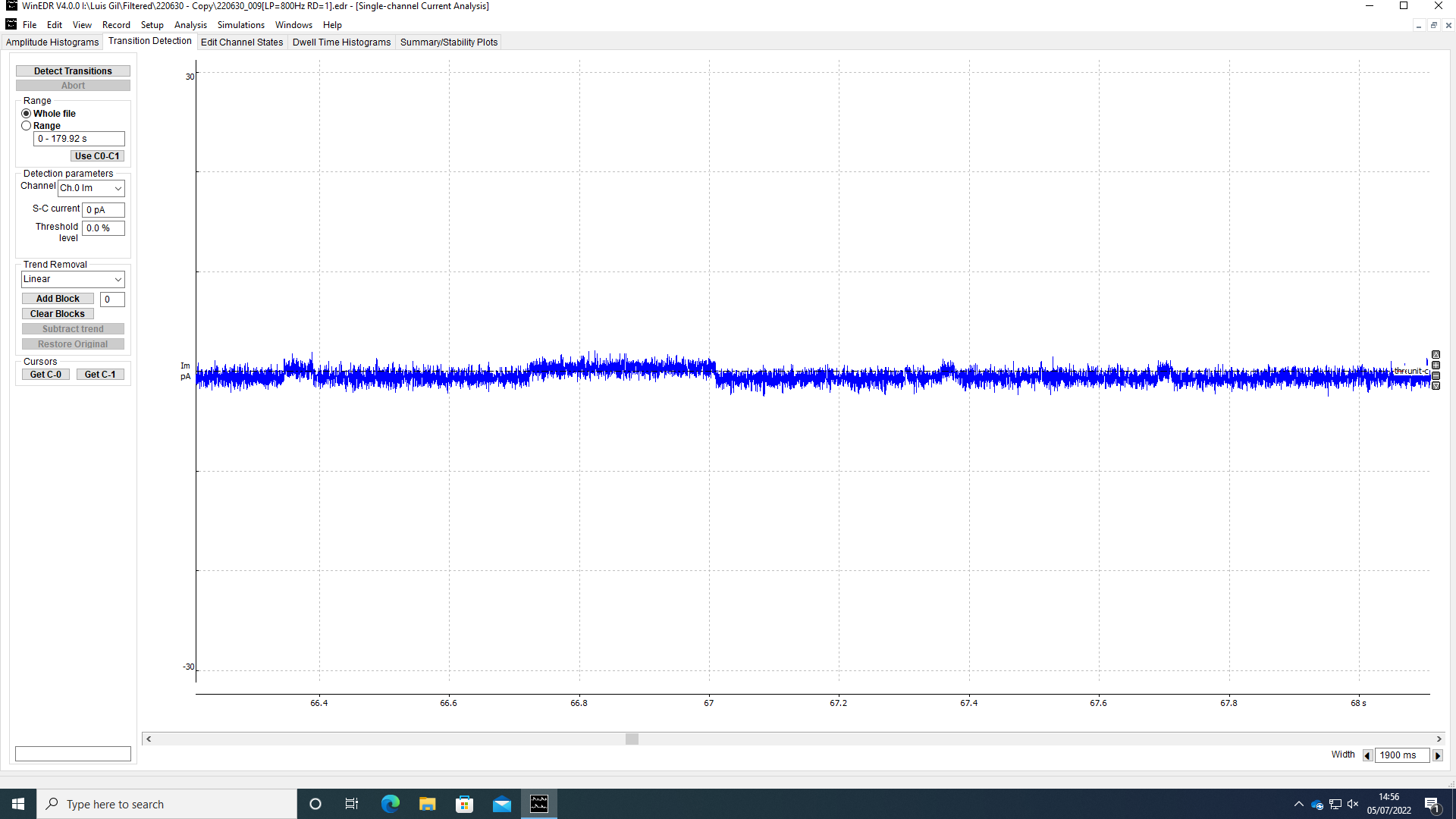
One of the hardest skills to learn was perfusing the protein with new solutions once incorporated in the bilayer. This requires very steadily removing out solution with a syringe whilst injecting your new one at the same time, taking care to not affect the volume in the cup too drastically as this can knock out the protein. Six weeks on, however, I am both proud and confident in that I have found consistency in the methods which previously seemed so inconsistent, and I am excited to share my findings in the future. When reflecting on this daily it seemed like I was was not making much progress, however, when tracking my progress weekly in a diary it became much more obvious the improvements in the quality and quantity of data I was acquiring.
Now, on the final day of my project, I would like to reflect on the output I have produced. Whilst I have gathered plenty of planar lipid bilayer data, I also broadened the scope of my research to look at MG23 expression in whole primary cells. But to come back to the original quote I started with, this project has been so much more than just the raw data. From learning an incredible amount of lab skills in just six weeks, to exploring a pinpoint field of medicine in more depth than what is ever taught in my degree, my biggest takeaway from this Laidlaw research project has been the confirmation that research is something I would love to pursue with my career in medicine in the future.

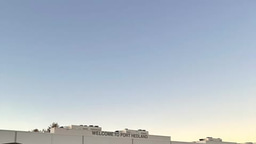
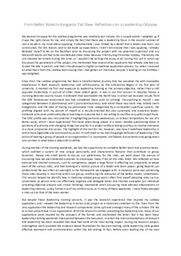

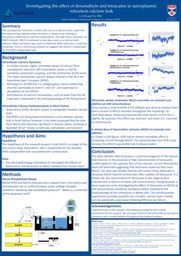
Please sign in
If you are a registered user on Laidlaw Scholars Network, please sign in